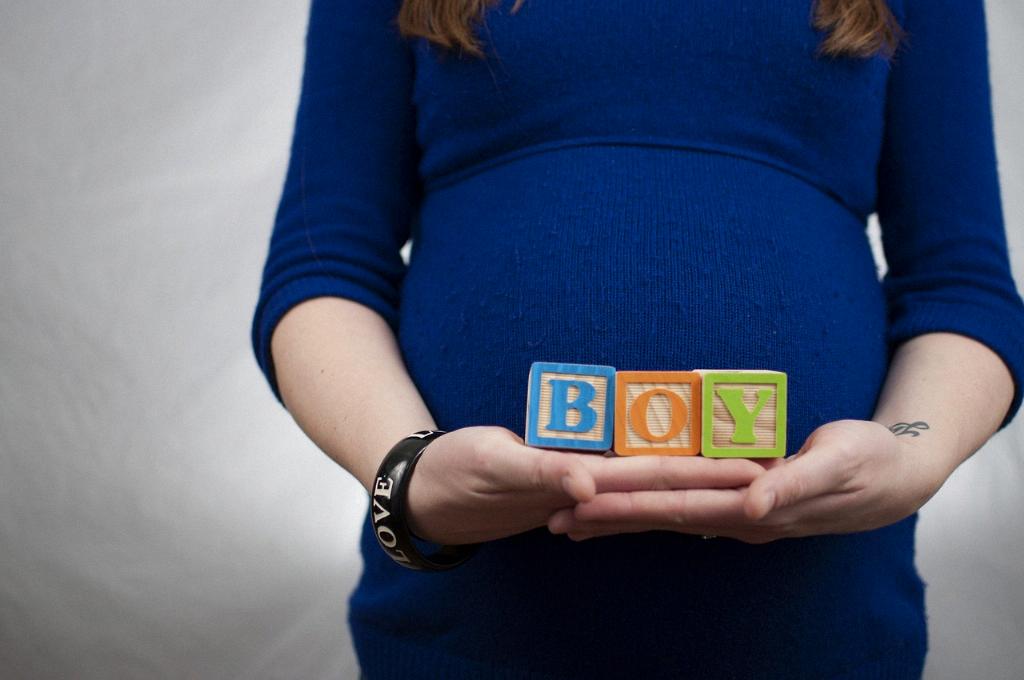Receiving a positive result on your NIPT test can understandably cause a whirlwind of emotions, ranging from anxiety and fear to confusion and uncertainty. It’s essential to take a deep breath and remember that a positive result does not definitively mean your baby has a chromosomal difference.
The next step after a positive NIPT result typically involves undergoing additional testing to confirm the findings. Your healthcare provider may recommend a diagnostic test like chorionic villus sampling (CVS) or amniocentesis to provide a definitive answer. These tests are more invasive but can offer a clearer picture of your baby’s genetic makeup.
It’s crucial to communicate openly and honestly with your healthcare team following a positive NIPT result. They can provide the necessary guidance, support, and information to help you navigate the next steps in the process. Consulting with a genetic counselor can also offer valuable insight and clarity during this challenging time.
Upon receiving a positive NIPT result, it’s natural to have concerns about the potential outcomes and implications for your pregnancy. However, it’s important to remember that each situation is unique, and there are various factors to consider before making any decisions about your next steps.
One key consideration after a positive NIPT result is weighing the risks and benefits of pursuing further diagnostic testing. Understanding the potential benefits of confirming the result against the risks associated with invasive procedures can help you make an informed decision that aligns with your values and preferences.
During this challenging time, it’s essential to lean on your support system for emotional, mental, and physical support. Surrounding yourself with loved ones who can offer empathy, understanding, and encouragement can make a significant difference in how you navigate the uncertainties that may lie ahead.
It’s crucial to educate yourself about the implications of a positive NIPT result and the potential scenarios that may arise as a result. Being informed and proactive about your options can empower you to make decisions that feel right for you and your family moving forward.
While a positive NIPT result can raise valid concerns and uncertainties, it’s essential to approach the situation with a sense of resilience and hope. Remember that advances in medical technology and prenatal care offer a range of options and support systems to guide you through this challenging time.
Ultimately, the journey following a positive NIPT result is a deeply personal one, and each individual’s experience will vary based on their unique circumstances and preferences. Trusting your instincts, seeking the guidance of healthcare professionals, and staying connected to your support network can provide much-needed reassurance and comfort along the way.
As you navigate the aftermath of a positive NIPT result, remember that you are not alone in this journey. Countless individuals have faced similar circumstances and emerged stronger and more resilient as a result. Keeping a positive mindset, staying informed, and embracing the support around you can help you navigate this challenging chapter with grace and strength.
While the road ahead may be uncertain, it’s essential to approach each step with a sense of courage, compassion, and determination. You have the strength and resilience to face whatever challenges may arise, and by taking things one day at a time, you can move forward with confidence and hope for the future.
Remember, a positive NIPT result is just one part of your pregnancy journey, and it does not define the outcome or the love you have for your baby. Stay strong, stay informed, and know that you have the support and resources you need to navigate this chapter with grace, resilience, and unwavering hope.

